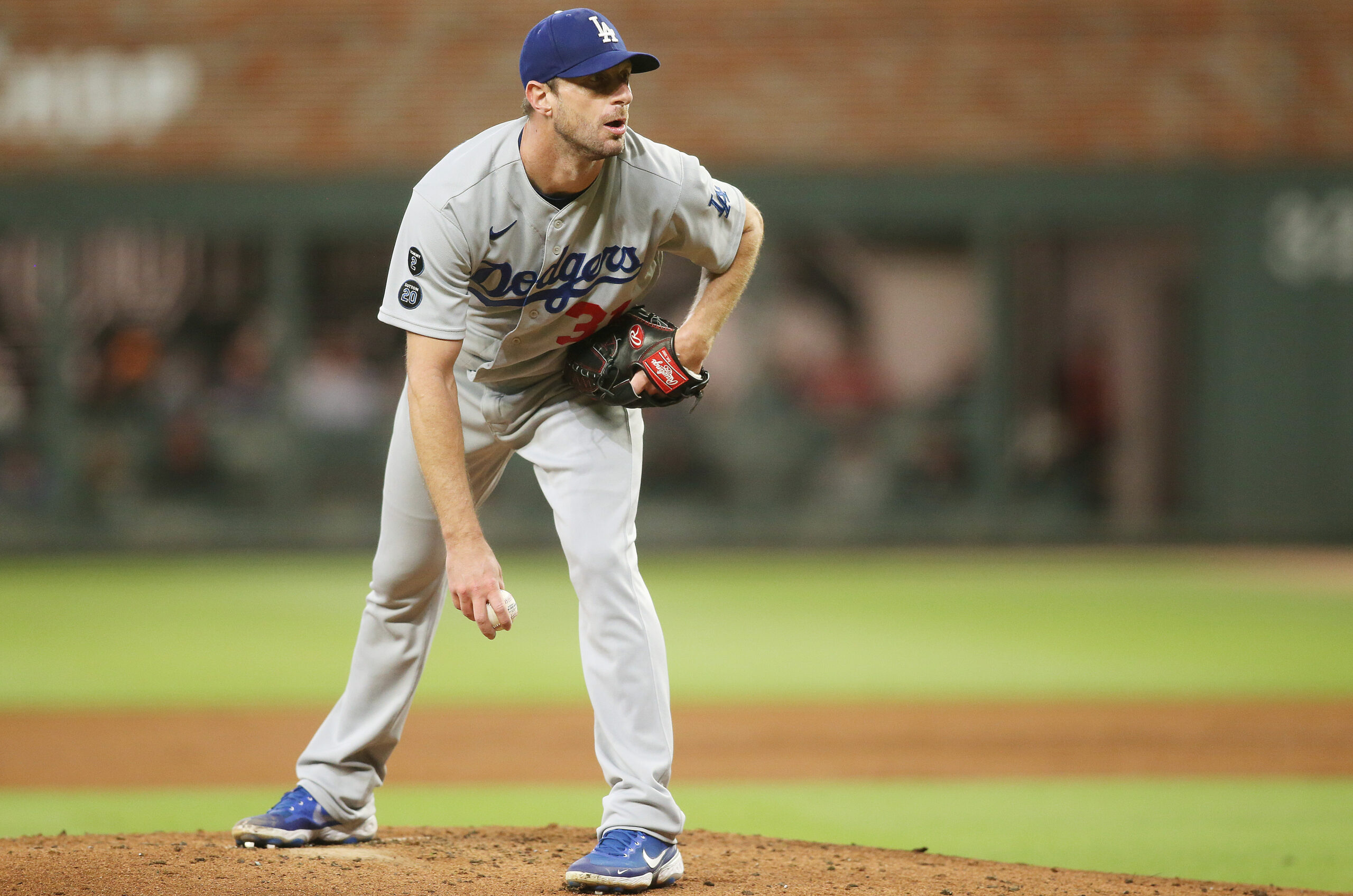
Brett Davis-USA TODAY Sports
The current CBA negotiations have led to the discussion of many different rule changes, one of which is instituting a pitch clock.
A pitch clock is defined as “a device that counts the time it takes for a pitcher to make a pitch to the batter, to ensure that it is done within a set period of time.”
The reason for this is to try to speed up the game, which MLB has been trying to do for years. This comes with a few other rule changes that MLB has proposed to speed up pace of play, but I am specifically focusing on the pitch clock.
How it Works Today
With empty bases, the pitcher has 12 seconds to throw the pitch from the second he gets the ball back from the catcher. If he doesn’t do so in time, it counts as a ball. However, the rule changes with men on base. With men on base, the timer goes up to 20 seconds.
History
There has been a pitch clock in Major League Baseball for quite some time, just a little different than the one being proposed. Since 2008, the pitcher has 12 seconds from when the umpire alerts them to throw the pitch. That is different from the current minor league rule, where it starts the second the pitcher gets the ball back.
If they do not, it is ruled a ball. The rule was previously 20 seconds dating back to the 90’s. The current pitch clock first came into play in 2014 during the Arizona Fall League. That followed the current 12-second and 20-second rules. Since that went well, the league decided to implement it in Double-A and Triple-A starting in 2015.
Commissioner Rob Manfred tried to push a 20-second pitch clock for the 2018 MLB season but couldn’t come to a deal with the players. The two sides agreed to other measures to speed up the pace of play that season, which were limited mound visits and shorter time between innings.
In 2019, the league used the pitch clock during Spring Training. In 2021, a 15-second pitch clock was implemented in Low-A with the bases empty and 17 seconds with men on. This experiment led to an average of 20 minutes being cut from every game.
Where it Stands Today
MLB is once again pushing the pitch clock, as it has become a big part of the current CBA negotiations. Jesse Rogers of ESPN reported that MLB is looking to implement a 14-second pitch clock with the bases empty at the major league level in the new CBA, and 19 seconds with men on.
In 2019, Max Scherzer, who is a part of the union subcommittee, said “there’s no clock in baseball, and there’s no clock in baseball for a reason.” While he may have changed his tune since then, he has been documented as a major voice in the current negotiations.
Jon Heyman of MLB Network reported that the union agreed to the league implementing a pitch clock — among other rules — in 2023 with at least 45 days’ notice, but anything can change as negotiations continue. Of course, what will be most crucial here is that both sides can agree on a new deal to get players back on the field so these rule changes can eventually take effect.
















